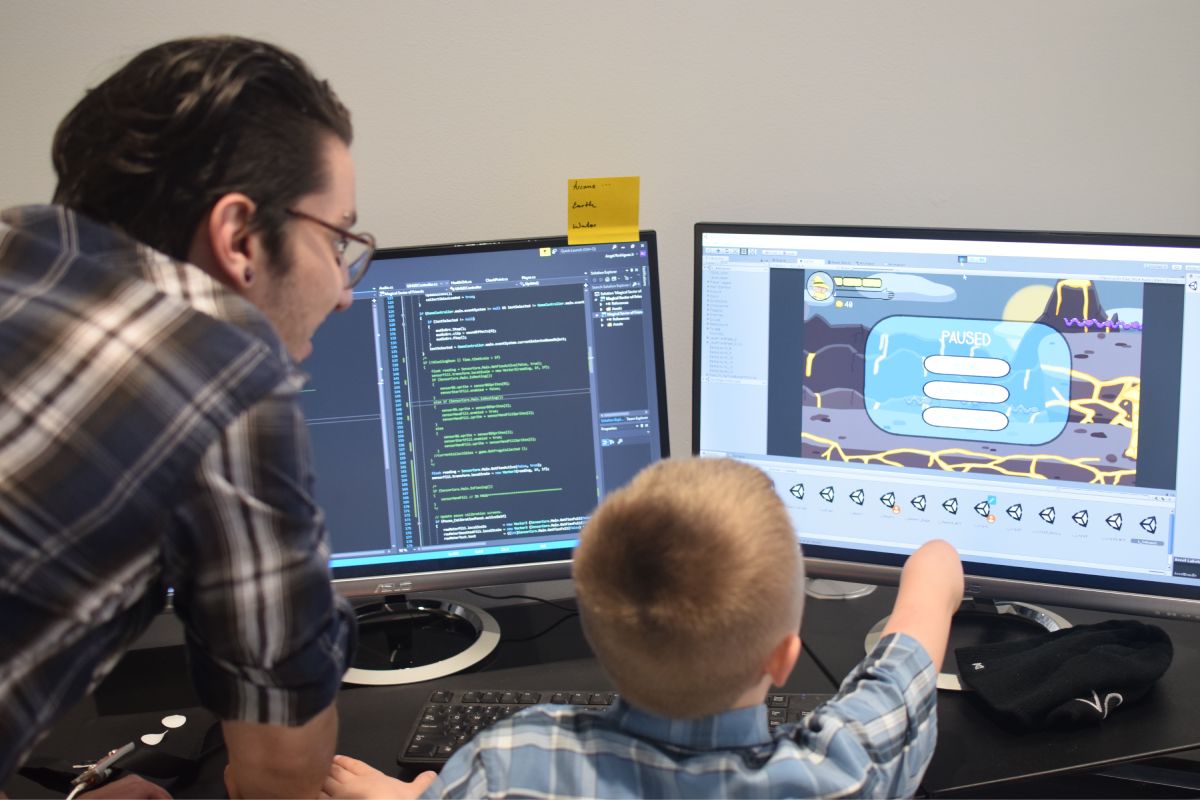Connecting Parents to Social-Emotional Learning

Over the past few decades, social-emotional learning has found a legitimate place in education adjacent to academics. Social-emotional learning is a universal language. It crosses cultural boundaries.
CASEL, The Collaborative for Academic, Social and Emotional Learning, is a nerve center for the latest innovations and research in social-emotional learning. The latest CASEL research has determined that students are reaping the benefits of social-emotional learning 18 years after graduation. We know it works.
There are many uncertainties about the future, but we do know that every student, every day, will be engaged in some form of interpersonal relationships. Perhaps one of the most overlooked and underreported aspects is that their future will also involve the most important relationship of all, with themselves. Social-emotional learning is a bridge to all healthy relationships.
What happens next? The highest level of effectiveness occurs when home and school are united in their commitment to promote SEL principles. We now need to help parents connect to the many benefits of SEL. It is time to take the time to explain to parents how SEL principles can be applied in their day to day family life.

In my book Commonsense Tips for 21 C Parents, I do just that. Taking the core competencies of social-emotional learning, the book offers ways for parents to incorporate these principles within the demands of family life. I used common sense as my central theme throughout the book because social-emotional learning makes good sense.
Why did I write this book? Two decades ago, I was trained at The Peace Education Foundation, a CASEL recognized organization. Professionally, as an educator, I then spent a decade facilitating social-emotional learning with students, teachers, and parents in the education system. I was instrumental in implementing school-wide programming and saw first-hand that social-emotional learning skills make a difference. When students understand how their emotions work, they are better equipped to deal with this 21 C life.
School systems may have told parents that social-emotional learning needs a home and school approach. However, from my experience facilitating parenting programs in my school, many parents do not see exactly how to apply those principles and are often too afraid to ask.
We, educators, know that parents are inundated with acronyms in education. Simply explaining that SEL means social-emotional learning or showing them the SEL Core Competencies diagram wheel is not enough to help parents understand how social-emotional learning principles can be directly applied at home. Not surprisingly, just like our students in the classroom, they need to see practical examples. Parents do truly want the best for their kids and are eager to understand how to make that happen.
As a teacher, if you are using social-emotional learning principles in your classroom, your students are the best connection to getting the message home. Encourage them to talk about SEL principles with their parents.
The book chapters offer a variety of topics that connect to the full spectrum of social-emotional learning principles.
One chapter deals with Emotional Agility. First, I explain the term and highlight the work of the Harvard Medical School psychologist Dr. Susan David who became interested in the value of emotional agility in children through her own family. These lessons of understanding emotions start when they are very young.
Enter the parents because they are with their children from the beginning. Being aware of emotions, being able to describe them and then see them applied in everyday life can begin when they are toddlers. It is also the first step towards empathy because understanding our own emotions allows us to begin to understand how and why others react to various situations.
There are several references to using ‘teachable moments’ in the book. Teachers have long known the value of the teachable moment, but parents can learn to take advantage of what everyday life delivers to form the basis of many life lessons. There are ways it can tie to every core competency in the SEL wheel.
Responsible decision-making connects directly to the chapter on teaching kids about ethical issues. I recommend the book Good Kids, Tough Choices. In the book, the esteemed late ethicist Rushworth Kidder outlines ethical lessons for kids from birth to their twenties.
He notes that ethics isn’t always easy and teaching moral right and wrong is one of the biggest challenges for parents today. Ethics may not be an easy family topic but there are ways to approach it. I start with the question -What is your family’s code of ethics?
Another chapter deals with ways that parents can encourage critical thinking skills at home. With very few checks and balances in the wild west of the internet, a daily blanket of fake news, and the unrealistic expectations of most social media, critical thinking skills are a must for any child.
To expand the book beyond a straight lecture method I added a creative element. Educators know we learn by doing so I have incorporated a Creative Writing Guide Book –a book within a book. Each writing prompt is tied to the chapter theme. The writing prompts provide the reader with the roadmap to begin telling their family life story through journaling, memoir and poetry writing.
If you are a parent and have questions along the way with anything in the book or if you are a teacher and want to explore some ideas about how to help your parents with social-emotional learning strategies, you will find me on Twitter.
This article is available and can be accessed in Spanish here.









